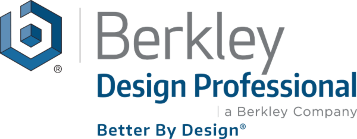
Presented by:
Arlen M. Solochek, FAIA, Consulting Architect, Former Vice-Chancellor for Development and Facilities, MCCCD, Phoenix AZ
Andrew D. Mendelson, FAIA, Senior Vice President, Chief Risk Management Officer, Berkley Design Professional
Tuesday, August 23, 2022
10:00 a.m. Pacific Time/1:00 p.m. Eastern Time
Submitted for AIA CES Approval
1.5 RCEP Professional Development Hours
Berkley DP policyholders who participate in this program can qualify for a 15% Risk Management Education credit. Contact your agent for further information*
This webinar has been recorded and is available on demand for Berkley Design Professional policyholders and our appointed agents and brokers on the BDP Risk® Learning Management System.
bdp Risk® lms loginThe purpose of this program is to compare and contrast construction delivery methods and implications for the design professional with insights from the owner’s perspective. It includes a thorough review of Design-Bid-Build, Construction Manager as Adviser (CMa), Construction Manager as Constructor (CMc, CMAR, CMGC), and Design-Build. For each of these delivery methods, the program will explore: the relationships of the parties and the contract structures; key features of the delivery method; practice and legal risk considerations for the design professional and owner; and wraps up with the benefits and concerns of the delivery method.
Read more »








